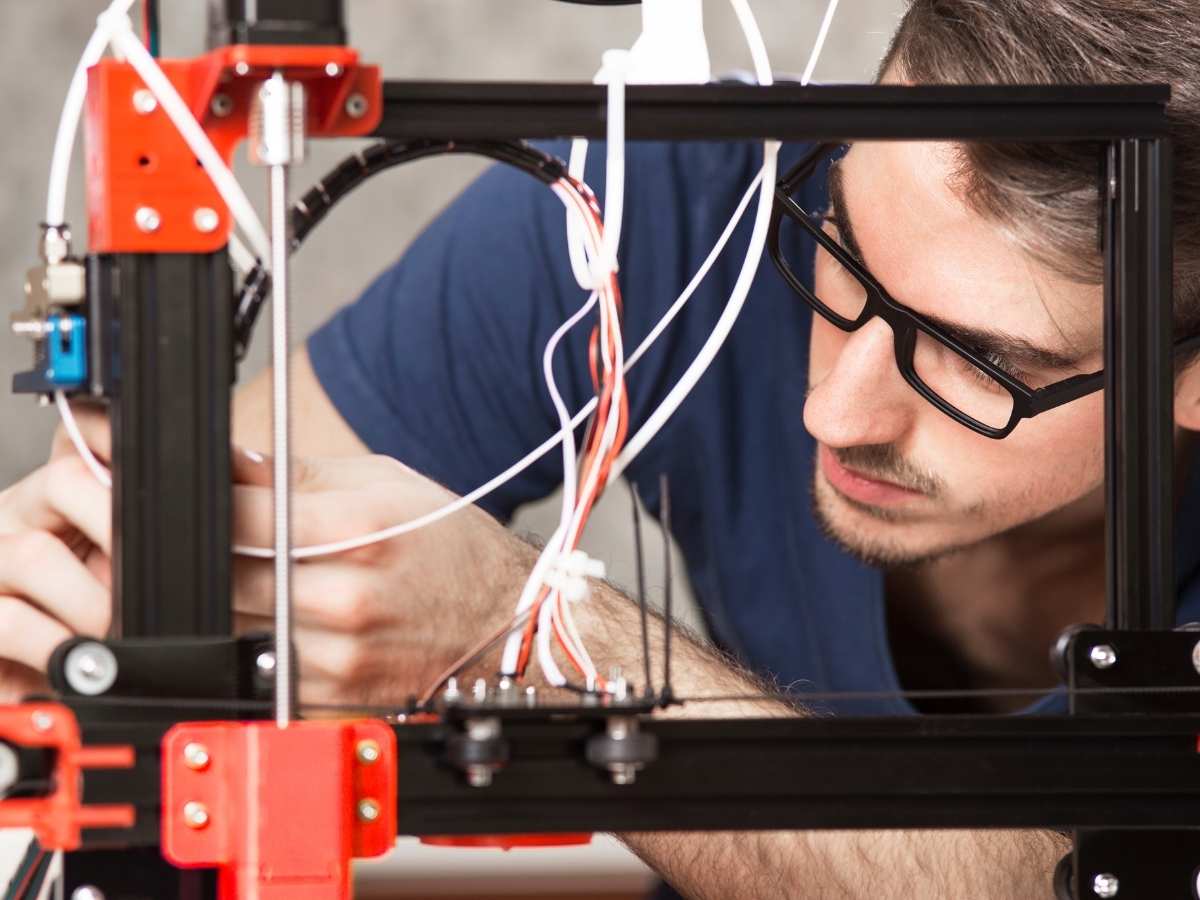Introduction to Mini 3D Printers
The mini 3D printer, a marvel of modern technology, epitomizes the incredible advancements in the field of 3D printing. These compact units are not only space-efficient but also cost-effective, making 3D printing more accessible than ever before. Whether you’re a hobbyist looking to bring your digital designs to life, a teacher incorporating hands-on learning, or a small business creating prototypes, mini 3D printers offer a wide range of possibilities. In this article, we’ll delve into what makes these devices tick, their benefits, and how to choose the right one for your needs.
What is a Mini 3D Printer?
A mini 3D printer is essentially a scaled-down version of larger 3D printers, designed to be used on a desktop or in small spaces. Despite their reduced size, these printers are quite powerful, capable of producing detailed objects that can be utilized in a variety of applications, ranging from crafting to education.
Benefits of Using a Mini 3D Printer
Advantages Using this Type of Printer:
- Compact Design: Ideally suited for limited spaces, they can easily fit on a desk or shelf.
- Cost-Effective: They are more affordable than larger printers, significantly lowering the barrier to entry for beginners and enthusiasts.
- Ease of Use: Many models are specifically targeted towards novices, featuring simplified processes and user-friendly software.
How Does a Mini 3D Printer Work?
Like their larger counterparts, mini 3D printers create objects by layering materials based on digital designs. They commonly use Fused Deposition Modeling (FDM), where a filament is heated and extruded through a nozzle, or Stereolithography (SLA), which employs a laser to cure liquid resin into solid plastic.
Choosing the Right Printer for Your Needs
Before purchasing a printer, it is crucial to consider the following:
- Purpose: Determine whether the printer will be used for fun, education, or professional projects.
- Material Compatibility: Ensure the printer supports the materials you plan to use, such as PLA, ABS, or TPU.
- Print Quality: Check the resolution, which determines the detail level of your prints.
Top Features to Look for in a Mini 3D Printer
When shopping for a printer, pay attention to these features:
- Heated Print Bed: Crucial for high-quality prints, it prevents warping and sticking.
- Connectivity Options: USB, Wi-Fi, and Ethernet provide flexibility in how you upload your designs.
- User-Friendly Interface: Touchscreens or intuitive software make the printing process smoother.
Setting Up Your Printer
Getting started with a printer involves a few key steps:
- Assembly: Carefully follow the manufacturer’s instructions to assemble the printer.
- Calibration: Properly calibrate the print bed and nozzle for accurate printing.
- Loading Filament: Insert the filament into the feeder to prepare for printing.
Top Mini 3D Printers on the Market
Explore popular models like the XYZprinting da Vinci Mini, the Monoprice Select Mini V2, and the Anycubic Photon, each known for its unique features tailored to different users’ needs.
Creative Projects You Can Undertake
The versatility of mini 3D printers allows for a wide range of creative projects:
- Custom Jewelry: Design and print bespoke fashion pieces.
- Educational Models: Create anatomical items for classroom use.
- Prototyping: Inventors and entrepreneurs can prototype new product designs quickly and efficiently.
Advanced Techniques for Mini 3D Printing
For those looking to push the boundaries, consider experimenting with:
- Mixed Materials: Some advanced mini printers allow printing with two different materials.
- Post-Processing Techniques: Enhance the finish of your prints through sanding, painting, or lacquering.
The Future of Mini 3D Printing
The mini 3D printing industry continues to evolve, with developments in speed, precision, and the variety of materials used. Innovations like AI integration and cloud-based design libraries are making these printers even more user-friendly and capable.
How to Care for Your Printer
Maintaining your printer is crucial for its longevity:
- Regular Maintenance: Keep the nozzle and print bed clean.
- Software Updates: Regularly update the firmware and software to ensure compatibility and security.
Conclusion: The Impact of Mini 3D Printers
Mini 3D printers have transformed numerous industries by enabling rapid prototyping, personalized manufacturing, and groundbreaking educational tools. They empower individuals to explore, experiment, and create in ways that were previously impossible, making them a significant tool in the digital fabrication movement.
FAQs About Mini 3D Printers
- What materials can I use with a mini 3D printer? Most mini 3D printers work with PLA and ABS, but advanced models can handle a variety of materials, including specialty filaments with wood, metal, or carbon fiber.
- How much does a typical mini 3D printer cost? Entry-level models can be found for as low as $200, while more advanced units may cost upwards of $500, depending on their features.
- Are mini 3D printers safe to use at home? Yes, they are built with safety features like temperature control and enclosures to ensure they are safe for home use.
- Can I print large items with a mini 3D printer? While the print area is limited, larger objects can be printed in sections and assembled afterward.
- Where can I find designs to print on my mini 3D printer? Online platforms like Thingiverse and MyMiniFactory offer thousands of free and purchasable designs that can be used with mini 3D printers.
By understanding the capabilities, potential applications, and maintenance of mini 3D printers, you can fully leverage this technology in your personal or professional projects. Whether you’re making your first foray into 3D printing or looking to expand your toolkit, mini 3D printers offer a potent combination of affordability, convenience, and innovation.
